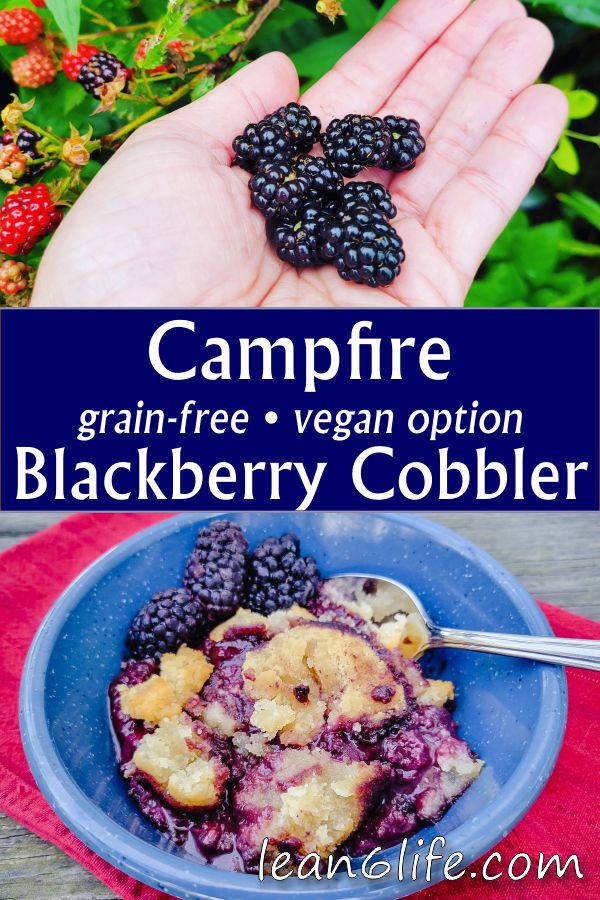I never planned to write a blackberry foraging post, because I cultivate my own canes (though not particularly well). And while I do plant wild native perennials and annuals here and there in my landscaping, under the rubric of “reverse foraging”, my garden blackberry canes are truly domestic with no prickles to protect them.
Recently, however, I had the chance to forage in the wild for blackberries, with all the scratches and scrapes that make the harvest all the sweeter.

The blackberry family, Rubus, includes other cane fruit as well, such as Japanese wineberries, dewberries, black raspberries and even regular red raspberries. The “real” blackberries have fruit with a solid cores (as opposed to raspberries, for instance, which have a hollow center because they separate from their stems when picked). The canes themselves are grooved, and covered with prickles—not thorns, technically—which may be straight or curved.
The two dominant varieties of blackberry in Maryland appear to be R. allegheniensis and R. pensilvanicus, but I have yet to find any website which clearly says how to distinguish the two. Most just say that the Allegheny blackberry is the “common” wild blackberry that one finds everywhere. Which isn’t particularly helpful. Perhaps it doesn’t matter.

What to do with blackberries once I’d picked them? Cobbler, of course!
Unfortunately, I’ve never found a campfire blackberry cobbler recipe that met my dietary requirement. So, I created one to celebrate my berry bounty. Note this recipe cannot be called “paleo” in the strictest sense because of the sugar. I don’t believe using coconut sugar instead of regular white table sugar improves anything, either from a health or a sustainability perspective. And other “paleo” sweeteners—maple syrup and honey—change the texture and flavor of the dish. Instead of these substitutions, I cut back on the sugar amounts significantly in both the berries and the topping, to really let the flavor of the blackberries take center stage.

To take this recipe camping, mix and transport the tapioca flour and 1/2 cup sugar in one container. In a separate container, pack the almond flour, coconut flour, salt, and 1/3 cup sugar for the topping. These two containers can be stored at room temperature with other non-perishable ingredients. Keep the butter in a cooler with ice until time to make the cobbler.

While I generally don’t advocate single-use or disposable products, I will make an exception for this recipe. I tried lining my Dutch oven with foil for easier clean-up, but the berry-sugar liquid bubbled over the edge and caramelized onto the cast iron. It practically turned to glue, welding bits of foil in place like amber imprisoning an insect. In this particular case, spending the extra money on an aluminum Dutch oven liner would have actually made a big improvement, and better protected the seasoning on the cast iron.

Campfire Blackberry Cobbler 
Serves 8
Ingredients
Blackberries
- 8 cups blackberries
- 1/2 c sugar
- 2 Tbs tapioca
Topping
- 2 c almond flour
- 2 Tbs coconut flour
- 1/4 tsp salt
- 1/3 c sugar
- 1/3 c unsalted butter, melted (substitute coconut oil for vegan option)
- water
Instructions
- While the main meal is cooking over the campfire, stir the berries with the tapioca flour-sugar mixture so the sugar can draw the juices out. Place the butter in a heat-proof vessel near the fire to melt the butter.
- Once the butter is melted, mix it with the contents of the almond flour container. Stir in water, a few tablespoons at a time, until a thick dough comes together.
- When the campfire has burned down to coals, pour the blackberries with their juices into a Dutch oven, cover with the lid and set in the coals. The exact time depends on the heat of the coals. You want the liquid to be hot and bubbling, but not burning to the inside of the pot. Check the berries every five minutes.
- When the berries are thoroughly heated, carefully drop spoonfuls of the dough on top of the berries. Replace the lid and cook an additional 10 to 20 minutes—again, depending on the heat of the coals. Check periodically for the dough to develop a golden-brown color.
- Remove the Dutch oven from the campfire. Serve cobbler warm.

Yummy!